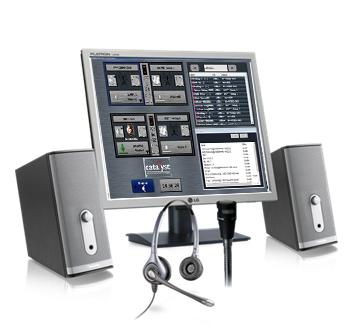Interoperability refers to communication between two or more distinct Land Mobile Radio (LMR) systems, or two or more Broadband / LTE systems. Interworking describes scenarios where LMR systems communicate with LTE-based networks (e.g., FirstNet™ MCPTT services, or CriticalLinc™ from Southern Linc.).
Although interoperability challenges predate September 11, 2001, that event spurred intensified efforts to unify disparate radio systems across frequencies. Since then, Catalyst has made significant strides by delivering interoperability and interworking solutions that fully leverages each system’s strengths.
Catalyst embeds interoperability across its portfolio—including Propulsion™, Go Kit™, Go Tab™, Go Pod™, and Gateway computers—offering everything from simple gateway patches to sophisticated, stored or ad hoc patch scenarios.
FirstNet™ and Standards-Based Interworking
With FirstNet™ (an independent public safety broadband authority established by Congress in 2012 via AT&T), the public safety community gained access to broadband spectrum and funding for an interoperable network. Early FirstNet™ systems focused on data, but mission-critical Push-to-Talk (PTT) remained a key requirement—necessitating true interworking between legacy LMR and LTE-based MCPTT systems.


